Finding Harmony: Balancing Your Job and Your Life When You Work from Home
In recent years, the concept of remote work has gained significant momentum, and the COVID-19 pandemic has accelerated its adoption. Many people have transitioned from traditional office settings to working from the comfort of their own homes. While working from home offers numerous benefits, such as flexibility and convenience, it also presents unique challenges when it comes to balancing your job and your life. In this article, we will explore practical tips to help you find harmony between your work and personal life when you work from home.
Establish a Dedicated Workspace
Creating a designated workspace in your home is crucial to maintain a healthy work-life balance. Avoid working from your bed or couch, as it blurs the lines between work and relaxation. Instead, set up a separate area in your home, such as a home office or a designated corner, where you can work comfortably and focus on your tasks. Make sure your workspace is well-equipped with all the tools and resources you need to do your job efficiently.
Set Clear Boundaries
One of the challenges of working from home is the blurring of boundaries between work and personal life. It's essential to establish clear boundaries to avoid overworking or feeling like you're always "on" for work. Set specific work hours and communicate them to your colleagues and family members. Avoid checking work emails or engaging in work-related tasks outside of your designated work hours. Similarly, when you finish work for the day, switch off your work-related devices and mentally transition to personal time.
Create a Routine
Having a consistent routine can help you establish a sense of structure and balance in your day-to-day life when working from home. Set a schedule for your work hours, breaks, exercise, and personal activities. Follow your routine diligently to maintain a healthy work-life balance. Avoid overworking or letting personal tasks interfere with your work. Remember to take regular breaks and prioritize self-care to avoid burnout.
Communicate Effectively
Communication is key when working remotely. Stay in regular communication with your colleagues, managers, and clients to ensure you're on the same page regarding expectations, deadlines, and deliverables. Use collaboration tools like email, chat apps, and video conferencing to stay connected with your team. Avoid isolating yourself and make an effort to maintain healthy relationships with your colleagues to foster a sense of camaraderie and support.
Prioritize Self-Care
Taking care of yourself is crucial for maintaining a healthy work-life balance. Prioritize self-care by scheduling time for exercise, relaxation, and hobbies. Make sure to get enough sleep, eat healthily, and stay hydrated. Taking care of your physical and mental well-being will help you stay focused, energized, and productive during your work hours.
Minimize Distractions
Working from home can come with its share of distractions, such as household chores, family members, or social media. It's essential to minimize these distractions to stay focused on your work. Create a distraction-free environment by closing unnecessary tabs on your web browser, turning off notifications on your phone, and setting clear expectations with your family members about your work hours. Consider using productivity tools or time management techniques, such as the Pomodoro Technique, to help you stay focused and organized.
Learn to Say No
When working from home, you may be tempted to take on additional tasks or work outside of your designated work hours due to the lack of physical separation between work and personal life. However, it's crucial to learn to say no and set healthy boundaries to avoid overloading yourself with excessive work. Understand your limits and communicate them assertively to your colleagues and clients. Remember it's okay to prioritize your well-being and personal time.
Take Breaks and Disconnect
It's easy to get caught up in work when you're working from home, but taking regular breaks is crucial for maintaining a healthy work-life balance. Schedule short breaks throughout your workday to stretch, relax, or take a quick walk. Disconnect from work during your breaks and use that time to engage in activities you enjoy. Stepping away from your work and giving yourself some time to recharge can actually improve your productivity and overall well-being.
Foster Work-Life Integration
When you work from home, achieving a perfect balance between work and personal life may not always be feasible. Instead, aim for work-life integration, where you blend your work and personal activities in a way that works best for you. For example, you can take breaks during your workday to spend time with your family or engage in personal hobbies. Embrace the flexibility remote work offers and find a routine that allows you to effectively manage both your work and personal responsibilities.
Seek Support
Balancing work and personal life can be challenging, and it's important to seek support when needed. Talk to your colleagues, friends, or family members about any struggles or concerns you may have. Join online communities or forums of remote workers to share experiences and gain insights. Consider talking to a therapist or a coach if you need professional guidance on managing work-life balance. Remember you don't have to navigate this journey alone, and it's okay to ask for help.
In conclusion, finding harmony between your job and your personal life when working from home requires conscious effort and intentional planning. Establishing a dedicated workspace, setting clear boundaries, creating a routine, prioritizing self-care, minimizing distractions, learning to say no, taking breaks, fostering work-life integration, and seeking support are key strategies to help you achieve a healthy work-life balance. Remember everyone's situation is unique, so find what works best for you and make adjustments as needed. By finding the right balance between your work and personal life, you can thrive in your remote work setup and enjoy the benefits of flexibility and convenience working from home offers.




